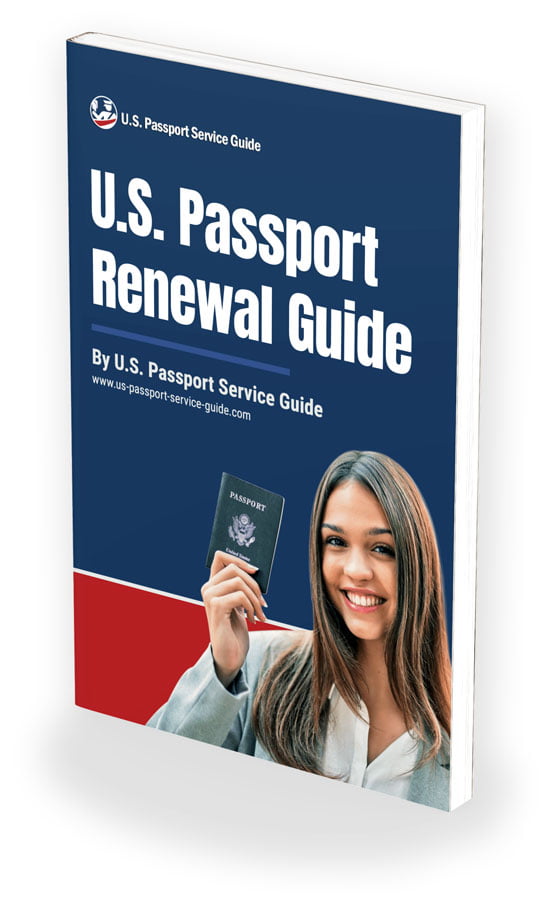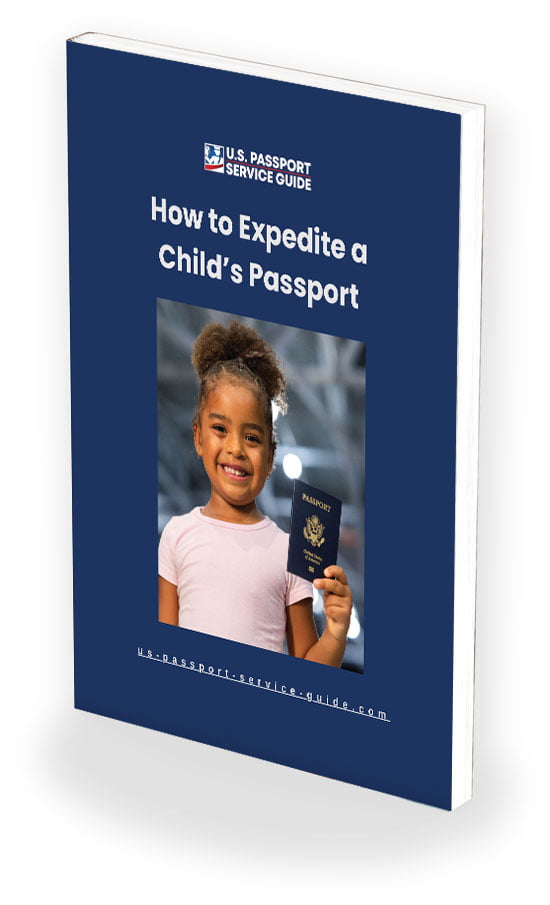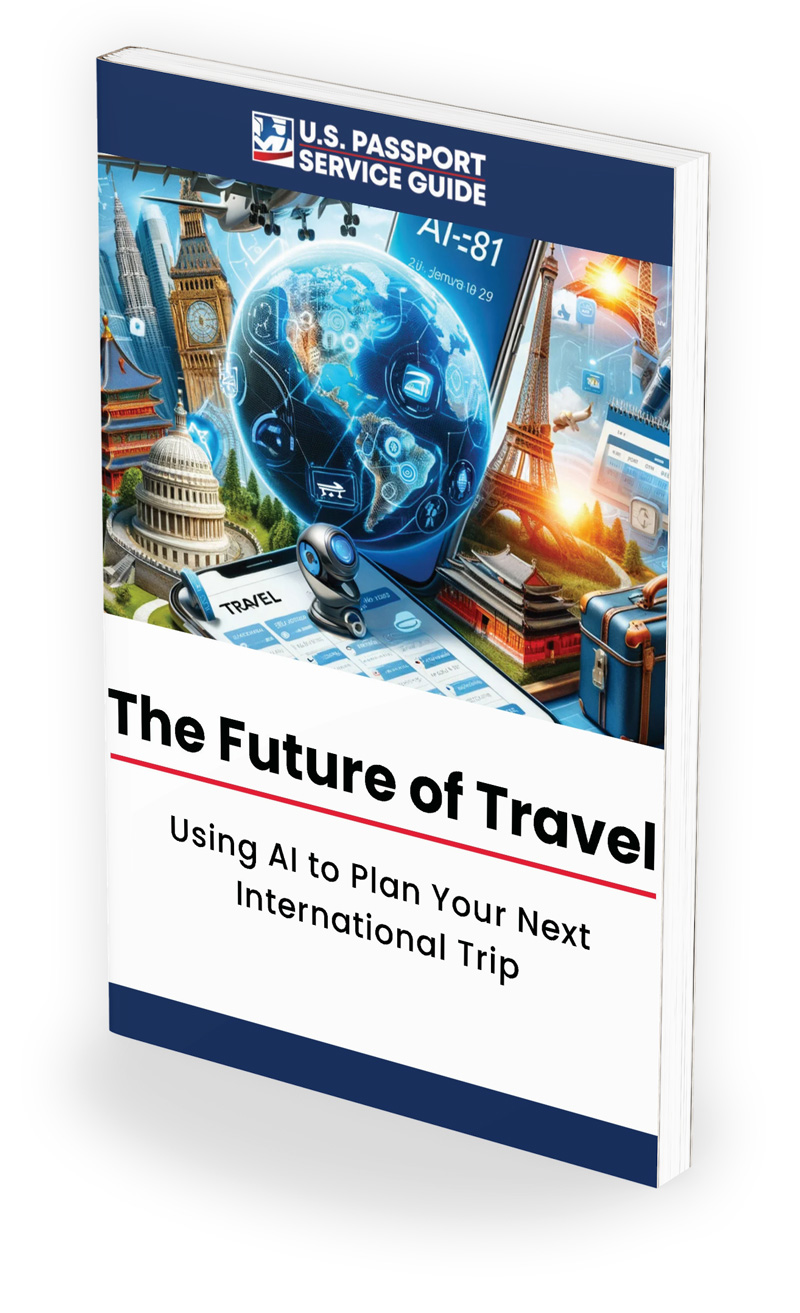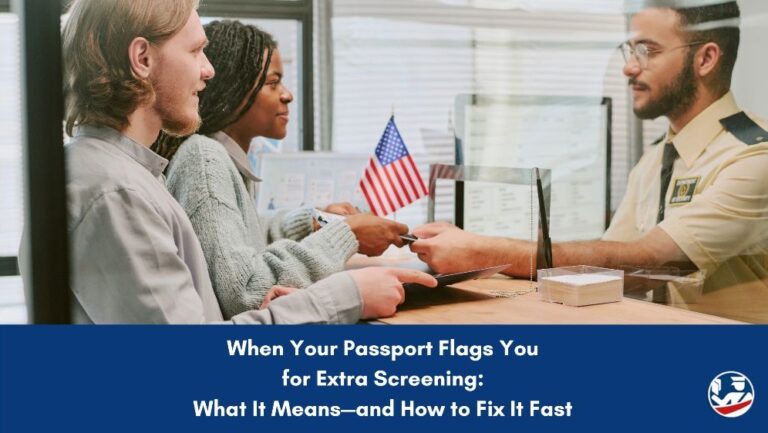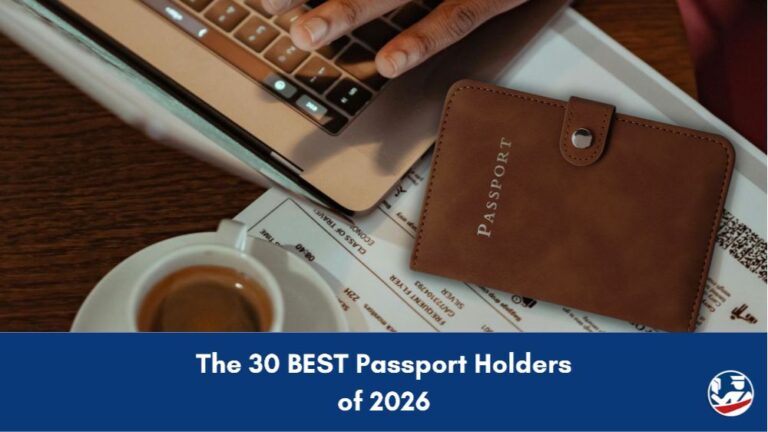In an ever-changing world of travel and identification requirements, understanding the difference between a Real ID and a passport card can be tricky. For instance, both a Real ID and a passport card are handy, wallet-sized forms of identification, but they each have their own, unique use cases.
This article will demystify these two types of ID cards, helping you make an informed decision on which document best matches your travel needs.
✈️ Need Your Passport Fast?
Traveling soon? Get your passport in as little as 24 hours with our trusted expedited service. Or choose Priority Service for delivery in just 7–9 business days — now with 15% off.
What is a Real ID?
The Real ID is a driver’s license or identification card that meets the increased security standards set by the federal government. As of May 7, 2025, it will be required for domestic air travel and entry into certain federal facilities.
Key Features:
- Issued By: State DMVs.
- Usage: Domestic flights, federal buildings, military bases.
- Validity: Generally, the same as your driver’s license or state-issued ID card.
What is a Passport Card?
A passport card is a wallet-sized card that can be used to enter the United States from Canada, Mexico, the Caribbean, and Bermuda at land border crossings or seaports of entry.
A passport card cannot be used for foreign air travel. However, a valid passport card is considered an acceptable form of Real ID. This means that a passport card can be used to board domestic flights.
Key Features:
- Issued By: U.S. Department of State.
- Usage: Limited international travel, not valid for international air travel.
- Validity: 10 years for adults, 5 years for children under 16.
Comparing Real ID and Passport Card
| Feature | Real ID | Passport Card |
| Validity Period | Through the state DMV | 10 years (adults), 5 years (kids) |
| International Use | No | Limited countries |
| Application Process | Through state DMV | U.S. Department of State |
| Cost | Varies by state | $30 (adults), $15 (children)* *Additional fees not included |
Why Choose a Real ID?
- Domestic Air Travel: Real ID will be required for domestic flyers post-May 7, 2025. It can be used by travelers before this date as well.
- Convenience: Real ID combines your driver’s license and/or state identification card with federal ID requirements. Moving forward, applying for and renewing your state-issued ID will also mean you have a current Real ID.
Why Choose a Passport Card?
- Cost-Effective: Passport card fees are cheaper than a traditional passport.
- Convenience: A passport card is an easy-to-carry option if you frequently travel by land or sea to Canada, Mexico, the Caribbean, and Bermuda.
- Can be expedited: As the deadline approaches and passes, REAL ID appointments at state DMV offices are going to continue to be a challenge to come by. A passport card can be expedited within 2-3 weeks (or faster if you can prove an urgent international travel need)
What the Experts Say
Based on over 20 years of helping American travelers with their travel document questions, our advice for those making the choice between a Real ID and a passport card is as follows:
While the Real ID is sufficient for domestic-only travelers, the passport card is a cost-effective solution for certain international travelers. If you plan on traveling abroad outside the reach of a passport card, however, it’s worth getting a passport book. It’s about choosing the right tool for your travel needs both now and in the future.
-U.S. Passport Service Guide
State-Specific Considerations
Different states have varying processes and timelines for issuing Real IDs. In California, for instance, the DMV has set up a streamlined process. However, in Texas, additional documentation is required.
Since the passport card is issued by the U.S. Department of State, the application process follows the same steps and timelines as a typical passport application. As such, a passport card can be obtained, renewed, and even expedited just like a traditional passport book. You can even enlist the help of a registered passport expediting service to get a passport card quickly and conveniently.
For more on the differences between a passport book and a passport card, visit our comprehensive guide to passport cards.
Which is Right for You?
Choosing between a Real ID and a passport card depends on your travel habits and needs. While the Real ID is becoming the standard for domestic travel, the passport card serves a niche but vital role in international land and sea travel to specific regions.
For more helpful advice and travel tips, be sure to subscribe to our blog. Stay informed, stay prepared, and travel smart.
RELATED POST: REAL ID vs. Passport Card vs. Passport Book in 2025: Which Travel ID Is Best?




